International Childrens Bible The Holy Bible, Reader Friendly Edition CONTAINING THE OLD AND NEW TESTAMENTS Reader Friendly Edition 2008 by Thomas Nelson, Inc. Formerly titled: THE HOLY BIBLE, INTERNATIONAL CHILDRENS BIBLE 1986, 1988, 1999 by Thomas Nelson, Inc. All Rights Reserved. The Publisher is pleased hereby to grant permission for the Reader Friendly Edition to be quoted or reprinted without prior written permission with the following qualifications: (1) up to and including one thousand verses may be quoted, except (a) the verses being quoted may not comprise as much as 50% of the work in which they are quoted and/or (b) the verses quoted may not comprise an entire book of the Bible when quoted; (2) all RFE quotations must conform accurately to the RFE text. A proper copyright credit line must appear on the copyright page of any work quoting from the Reader Friendly Edition, as follows: Scriptures quoted from the Reader Friendly Edition, copyright 1986, 1988, 1999 by Thomas Nelson, Inc. Used by permission.
Quotations from this Bible may be identified in written form with the abbreviation (RFE) in less formal documents, such as bulletins, newsletters, curriculum, media pieces, posters, transparencies, and where space is limited. Quotations of more than one thousand verses must be approved by Thomas Nelson, Inc., in writing in advance of use. Contact: Thomas Nelson, P. O. Box 141000, Nashville, TN 37214. 1 2 3 4 5 6 7 8 9 10 11 12 13 14 15 16 17 18 19 20 11 10 09 08 Preface The Holy Bible: Reader Friendly Edition is not a storybook or a paraphrased Bible. 1 2 3 4 5 6 7 8 9 10 11 12 13 14 15 16 17 18 19 20 11 10 09 08 Preface The Holy Bible: Reader Friendly Edition is not a storybook or a paraphrased Bible.
It is a translation of languages. , the Master Teacher, taught spiritual principles by comparing them to such familiar terms as pearls, seeds, rocks, trees and sheep. It is for this same purpose of making the Scriptures intelligible that this translation was created. A Trustworthy Translation Two basic premises guided the translation process. The first concern was that the translation be faithful to the manuscripts in the original languages. A team composed of the World Bible Translation Center and twenty-one additional, highly qualified and experienced Bible scholars and translators was assembled.
The team included men with translation experience on such accepted versions as the New International Version, the New American Standard Bible and the New King James Version. The most recent scholarship and the best available Hebrew and text and the latest edition of the Biblia Hebraica, along with the Septuagint. A Clear Translation The second concern was to make the language simple to read and understand. In maintaining language simplicity, several guidelines were followed. Sentences have been kept short and uncomplicated. Vocabulary choice has been based upon The Living Word Vocabulary by Dr.
Edgar Dale and Dr. Joseph ORourke (Worldbook-Childcraft International, 1981) which is the standard used by the editors of The World Book Encyclopedia to determine appropriate vocabulary. For difficult words which have no simpler synonyms, footnotes and dictionary references are provided. Footnotes appear at the bottom of the page and are indicated in the text by an n (for note). The dictionary is located at the back of the Bible with references indicated in the text by a d. The Holy Bible: Reader Friendly Edition aids a readers understanding by putting concepts into natural terms.
Modern measurements and geographical locations have been used as much as possible. For instance, the traditional shekels and cubits have been converted to modern equivalents of weights and measures. Where geographical references are identical, the modern name has been used, such as the Mediterranean Sea instead of Great Sea or Western Sea. Also, to minimize confusion, the most familiar name for a place is used consistently, instead of using variant names for the same place. is used throughout rather than its variant forms, Sea of Kinnereth, Lake Gennesaret and Sea of Tiberias. Ancient customs are often unfamiliar to modern readers.
Customs such as shaving a mans beard to shame him or walking between the halves of a dead animal to seal an are difficult for many readers to understand. So these are clarified either in the text or in a footnote. Since connotations of words change with time, care has been taken to avoid potential misunderstandings. Instead of describing ancient citadels as forts, which for modern readers would likely conjure up pictures of wooden stockades in the Old West, the Holy Bible: Reader Friendly Edition uses strong, walled cities. Instead of using the phrase drove the nations out of Canaan, the phrase is translated forced them out of Canaan. Rhetorical questions have been worded as statements, showing the implied meaning, as in this example: No one is equal to our ? Figures of speech can easily be misunderstood as literal statements.
For instance, when Canaan is described as a land flowing with milk and honey, the reader might literally see milk and honey running through the streets. To clarify, the Holy Bible: Reader Friendly Edition has translated the meaning of the figures, while preserving the image as much as possible. Idiomatic expressions of the biblical languages are translated to communicate the same meaning to todays reader that would have been understood by the original audience. For example, the Hebrew idiom he rested with his fathers is translated by its meaninghe died. Every attempt has been made to maintain proper English style, while simplifying concepts and communications. The beauty of the Hebrew parallelism in poetry and the word plays have been retained.
Images of the ancient languages have been captured in equivalent English images wherever possible. Our Prayer It is with great humility and prayerfulness that this is given.  Table Of Contents
Table Of Contents
The First Book of Called Genesis The Beginning of the World In the beginning was moving over the water. 3Then named the light day and the darkness night. Evening passed, and morning came. 6Then named the air sky. 6Then named the air sky.
Evening passed, and morning came. This was the second day. 9Then saw that this was good. 11Then 13Evening passed, and morning came. This was the third day. 14Then 15They will be in the sky to give light to the earth.
And it happened. 16So 19Evening passed, and morning came. This was the fourth day. 20Then said, Let the water be filled with living things. And let birds fly in the air above the earth. 21So 23Evening passed, and morning came.
This was the fifth day. 24Then said, Let the earth be filled with animals. And let each produce more of its own kind. Let there be tame animals and small crawling animals and wild animals. And let each produce more of its kind. 25So saw that this was good. 26Then said, Let us make human beings in our image and likeness. 26Then said, Let us make human beings in our image and likeness.
Next page
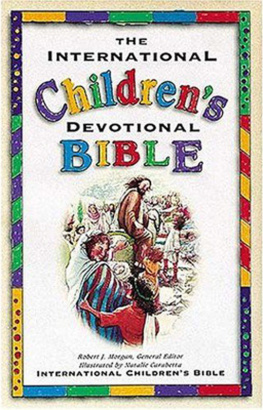
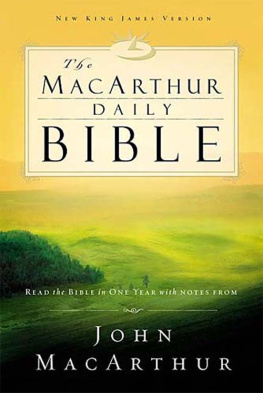
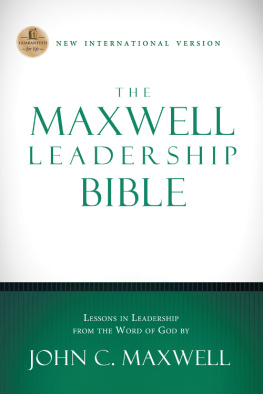
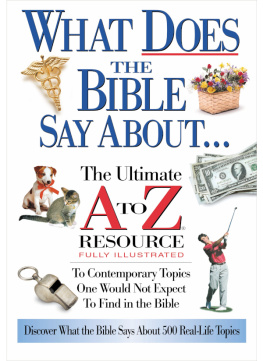
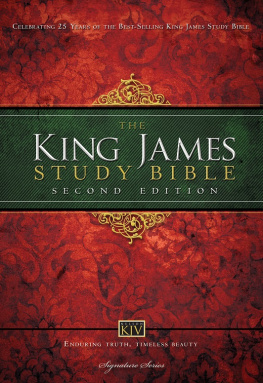
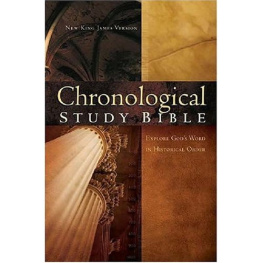
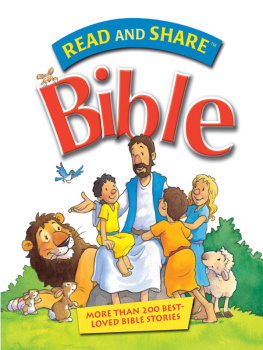

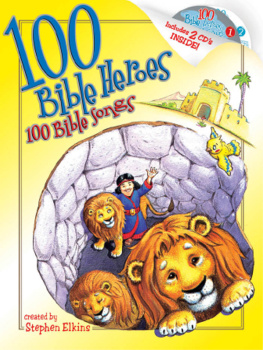
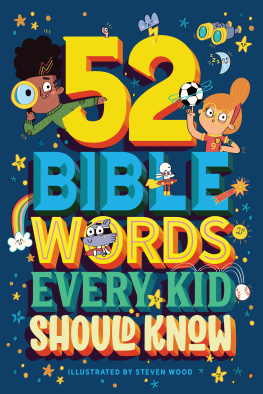
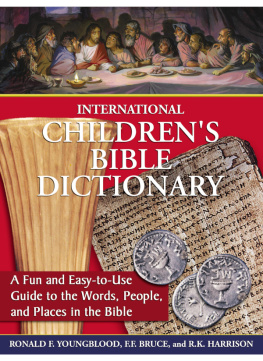
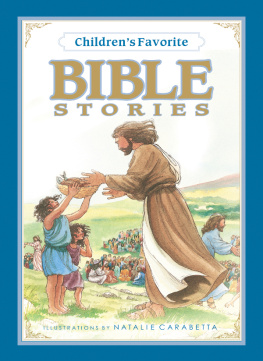
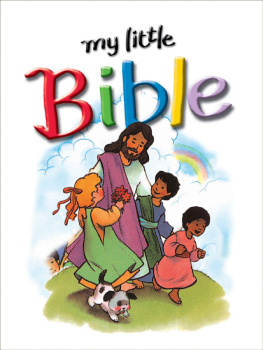
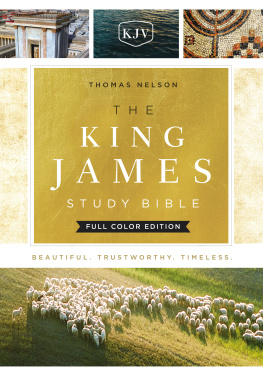
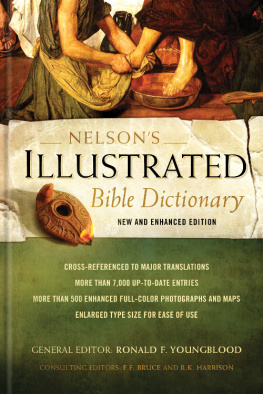
![Thomas Nelson - The NKJV Study Bible [Full-Color Edition]](/uploads/posts/book/79115/thumbs/thomas-nelson-the-nkjv-study-bible-full-color.jpg)
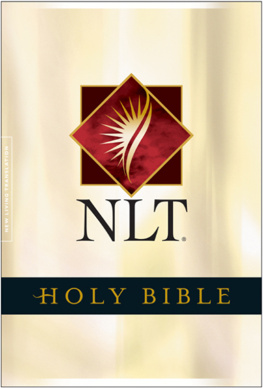
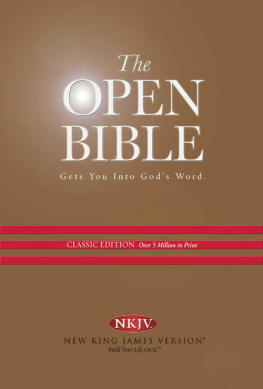
 Table Of Contents
Table Of Contents